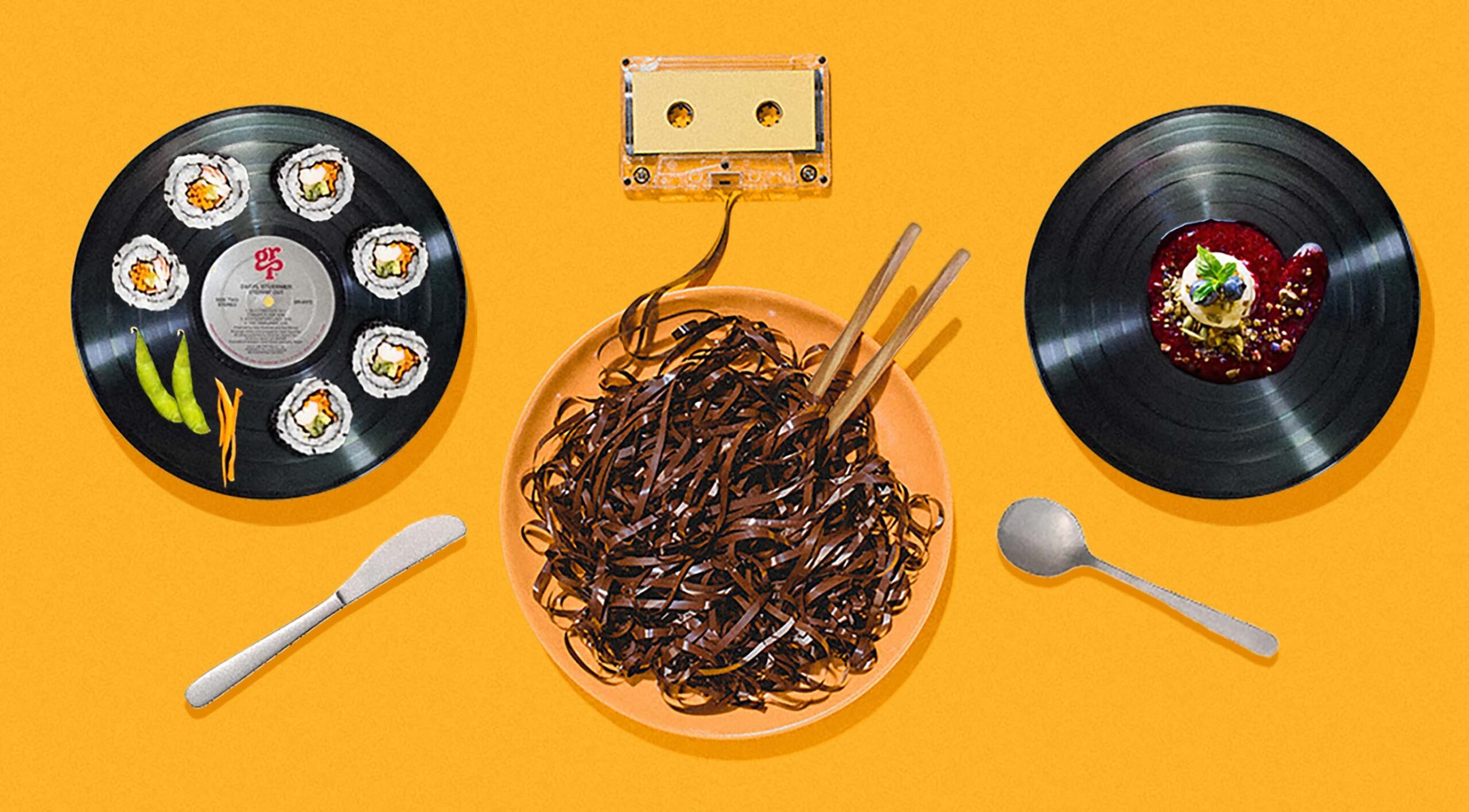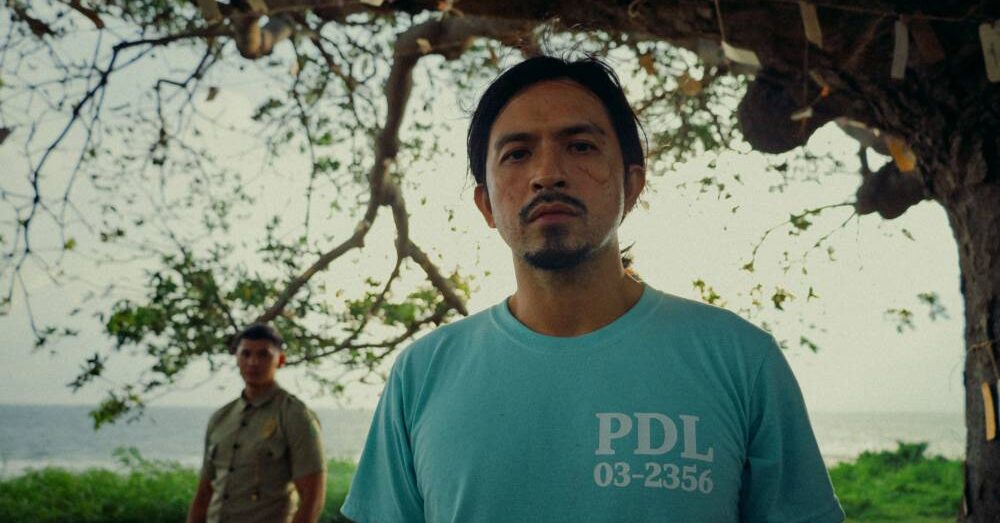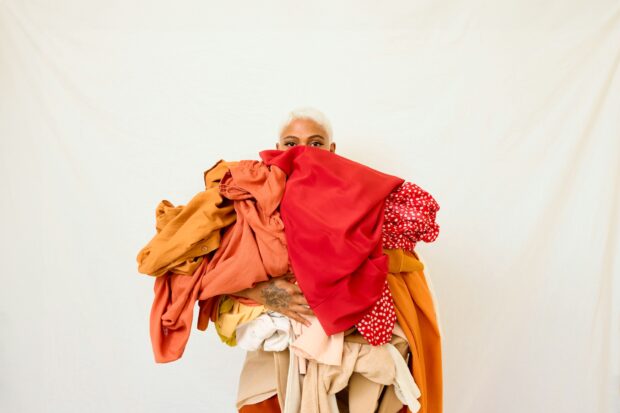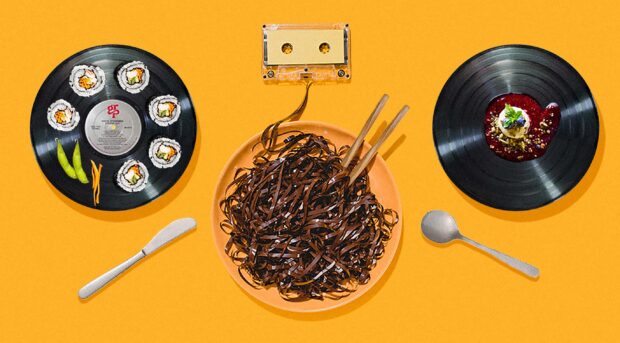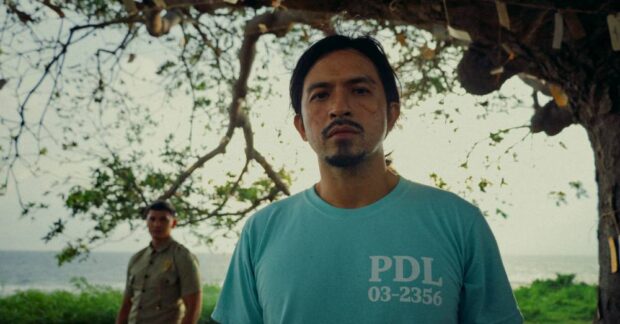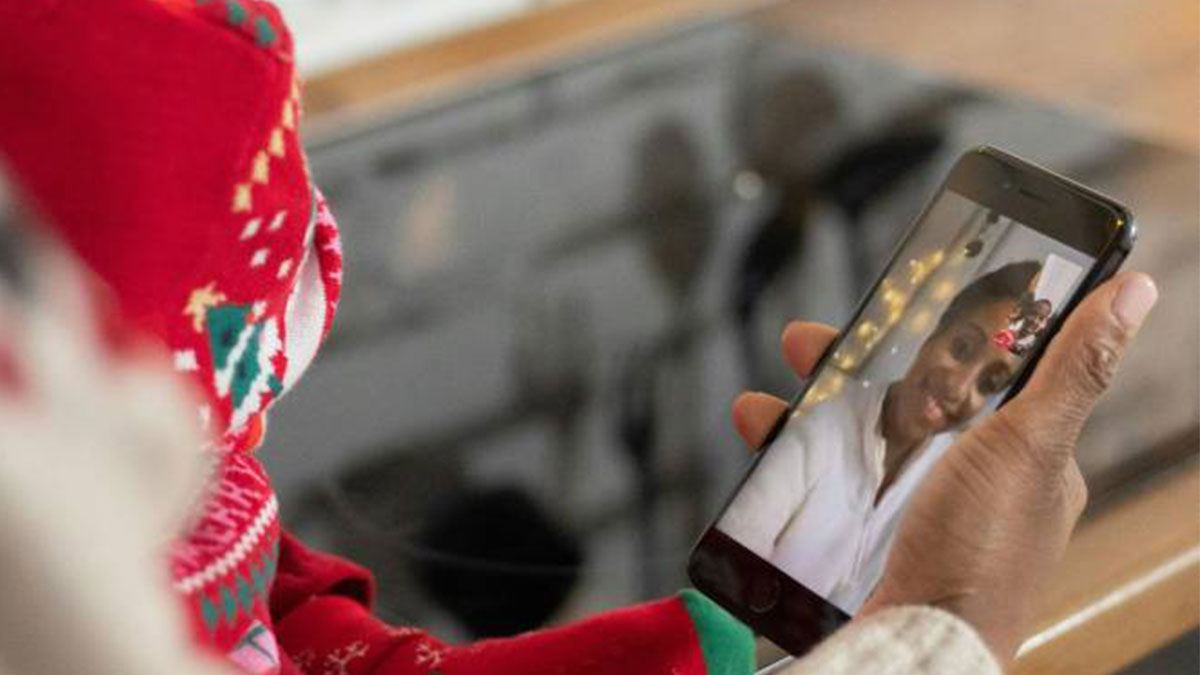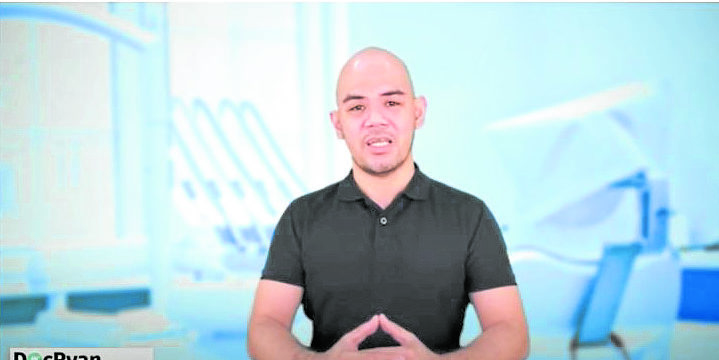
Your child missed a dental appointment because of the pandemic? Don’t beat yourself up too much. Pediatric dentist Ryan de Guzman says that a visit can be skipped if the child is at low risk of having tooth decay.
He describes what it means to be low-risk: If a child has good oral hygiene and its caregivers are in control of his/her diet. Parents know that sugar and junk food are bad for kids. But he added that bottle-feeding a child at sleep time can be just as problematic.
“(Some) milk contains the same amount of sugar as soft drinks. Home-prepared whole food will always be the best for our health and oral health,” he said.
Consumption of formula milk beyond 2 years of age contributes to cavities, he added. Snacking on cookies or biscuits can also be bad for your child’s teeth. De Guzman said that studies show that only one out of 10 Filipino children are considered low-risk for having tooth decay.
Preventive measures
“It is highly recommended that a child visit a dentist for preventative measures since tooth decay will inevitably worsen to a point where they need to address the pain and infection,” he said.
Asking the right questions will help ease the worries of visiting a dentist. He said that the first question to ask is if the facility is by appointment only. Scheduled visits assure you that they take time to disinfect the area. In their clinic Kidsmile in Imus, Cavite, for example, visits are segmented into 20-20-20. They set aside 20 minutes each for consultation, treatment and disinfection.
“Parents should ask if the team has been vaccinated. Since vaccines are now readily available, most health-care providers have access to it,” he said.
Before the consultation, parents should also be patient enough to go through the safety protocols which include answering questionnaires. Masks are also expected to be worn by patients and their guardians at all times.
De Guzman identifies tooth emergencies that parents should look out for. Infections that make even the face swell indicate that it’s time for a visit. So does dental trauma such as fracture on a tooth caused by an accident or fall. He said that any severe pain that won’t let a child eat or sleep needs to be checked. Any breakage on the tooth also calls for an appointment. “Cavities in children deepen so fast that in two to three months, the cavity will be too deep and extraction will be necessary.”
He also emphasized that a child needs to see a dentist as soon as he/she turns 1. “Contrary to the very popular belief that the only time a child should go to a dentist is when a child is ‘ready.’ This is usually too late. The only time they will be ready is if there is already a problem.”
He also said that seeing a dentist when the child is very young not only benefits the child but also the caregivers. The grownups will be taught how to care for their children’s teeth to prevent tooth decay. These lessons are invaluable.
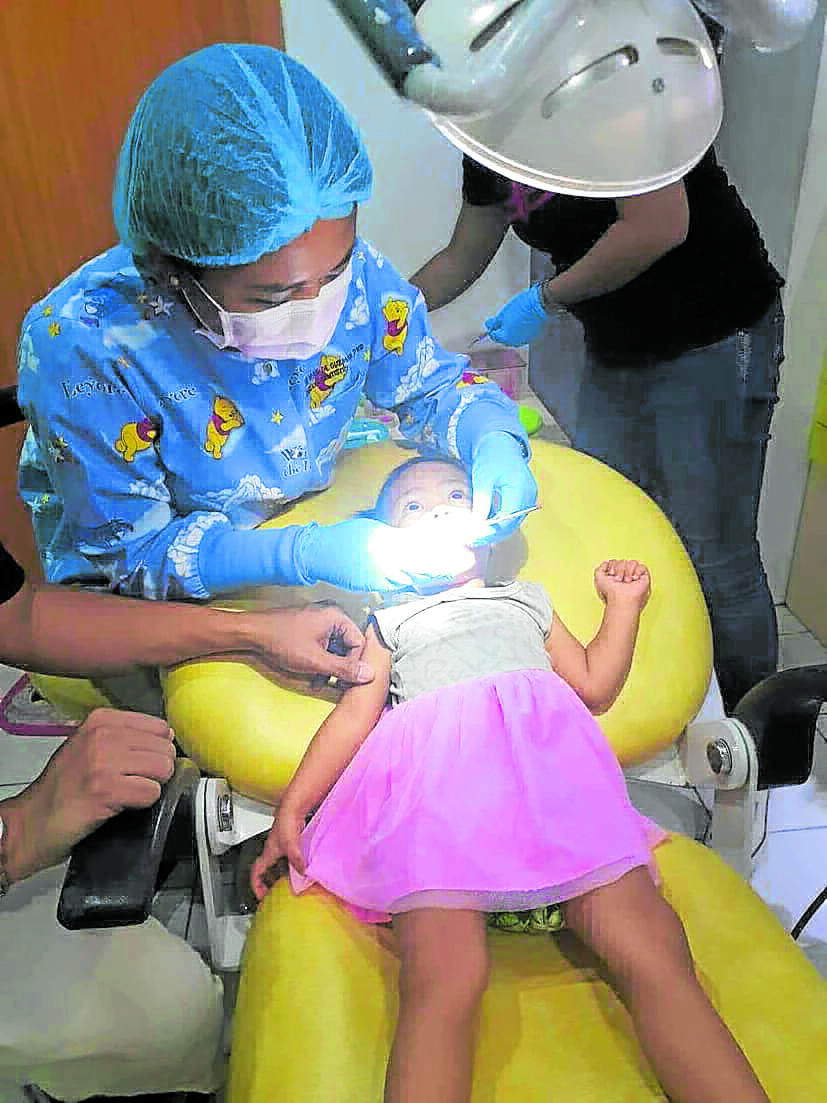
Important things
One of the most important things that our family learned with our first visit was how to brush our daughter’s teeth. It sounds simple, but a child will resist, close his/her mouth and push your hand away.
We were taught the knee-to-knee technique where my husband and I sit in front of each other, our knees touching, and we place our daughter on our laps. He holds our daughter’s hands to her side, while I place my finger between her gums and lip to prevent her mouth from closing as I brush her teeth. Our twice-a-day routine has made our daughter comfortable with toothbrushes. Now she opens her mouth when we ask her to.
We also asked De Guzman if babies should have fluoride in their toothpaste.
“We advocate the use of fluoride toothpaste on babies and children—1,000 ppm/f for babies and children that are unable to spit and 1,500 ppm/f for children that can spit after brushing,” he said. The rule of thumb is a smear amount for children who can’t spit and pea-sized for children who can spit after brushing.
Dr. Ryan de Guzman gives dental care tips to parents through his YouTube channel @DocRyan Pediadentist.

